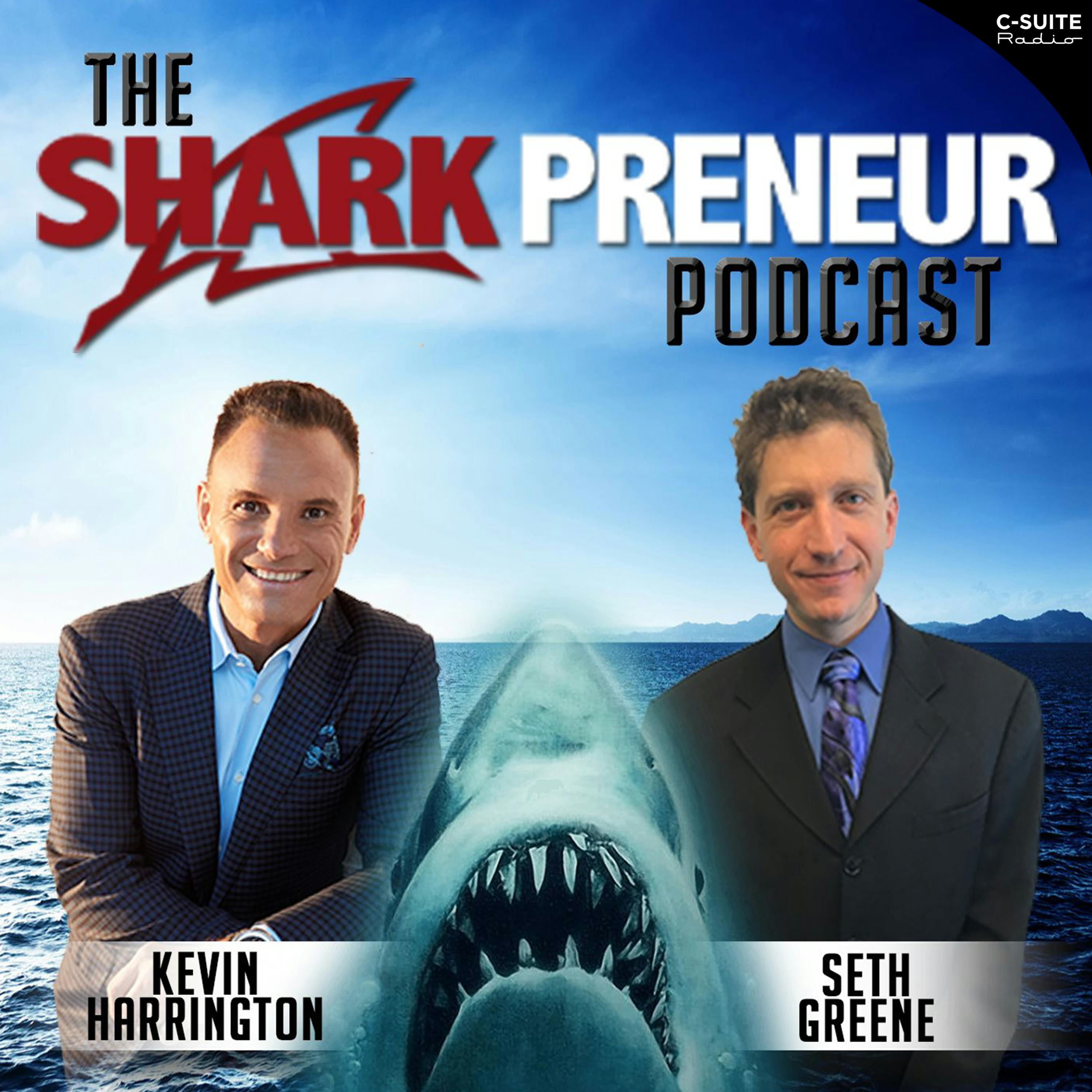Will Bitcoin Replace Stablecoins in DeFi? | Markets Outlook
Why ETF inflows and institutional adoption matter for Bitcoin price and supply
Bitcoin's market dynamics are shifting as large ETF inflows, corporate treasuries, and sovereign wealth funds absorb liquid supply. That structural tightening can push prices higher, but it also pulls coins off the base layer and into cold storage, reducing everyday transaction activity. This trend creates both bullish price action and a potential long-term funding gap for miners who secure the network.
Understanding miner economics and the bitcoin fee market
Miners earn block rewards and transaction fees. As issuance declines over the next halvings, fees must replace subsidy revenue to keep miners profitable. With lower on-chain movement because coins are being held long-term or in ETFs, fee pressure weakens. That places decentralization at risk: fewer profitable miners could lead to consolidation and centralization of block production. Discussions in this episode focus on how on-chain activity, DeFi, and new fee market mechanisms can sustain miner incentives.
DeFi on Bitcoin: programmable money, yields, and MEV potential
Programmable finance that historically built on Ethereum and Solana is now becoming feasible on Bitcoin due to protocol upgrades and new tooling. Building lending, borrowing, and structured products using bitcoin as the native unit of account can create yield for holders and restore a vibrant fee market. The episode highlights the under-discussed MEV (miner extractable value) potential on Bitcoin, which could catalyze a fee-market renaissance as DeFi primitives move on-chain.
User experience: making Bitcoin DeFi invisible to mainstream users
A practical path to adoption is abstracting Web3 complexity so end users never see wallets, gas, or blockchain mechanics. Examples include apps that dollar-cost-average (DCA) users into bitcoin and offer savings-like yields, without exposing DeFi mechanics. This seamless UX will attract mainstream demographics previously uninterested in crypto complexity.
- Key takeaways: ETF-driven scarcity can lift prices but reduce miner fees, necessitating on-chain DeFi innovation.
- Actionable insight: Developers and protocol builders should prioritize predictable developer tooling and user-friendly abstractions to scale Bitcoin-based applications.
Overall, the conversation argues that Bitcoin’s next phase is not only as digital gold but also as an internationally accepted unit of settlement and yield-bearing asset — provided the ecosystem rebuilds incentives via on-chain activity, DeFi primitives, and improved developer/user experience.




